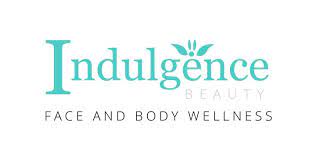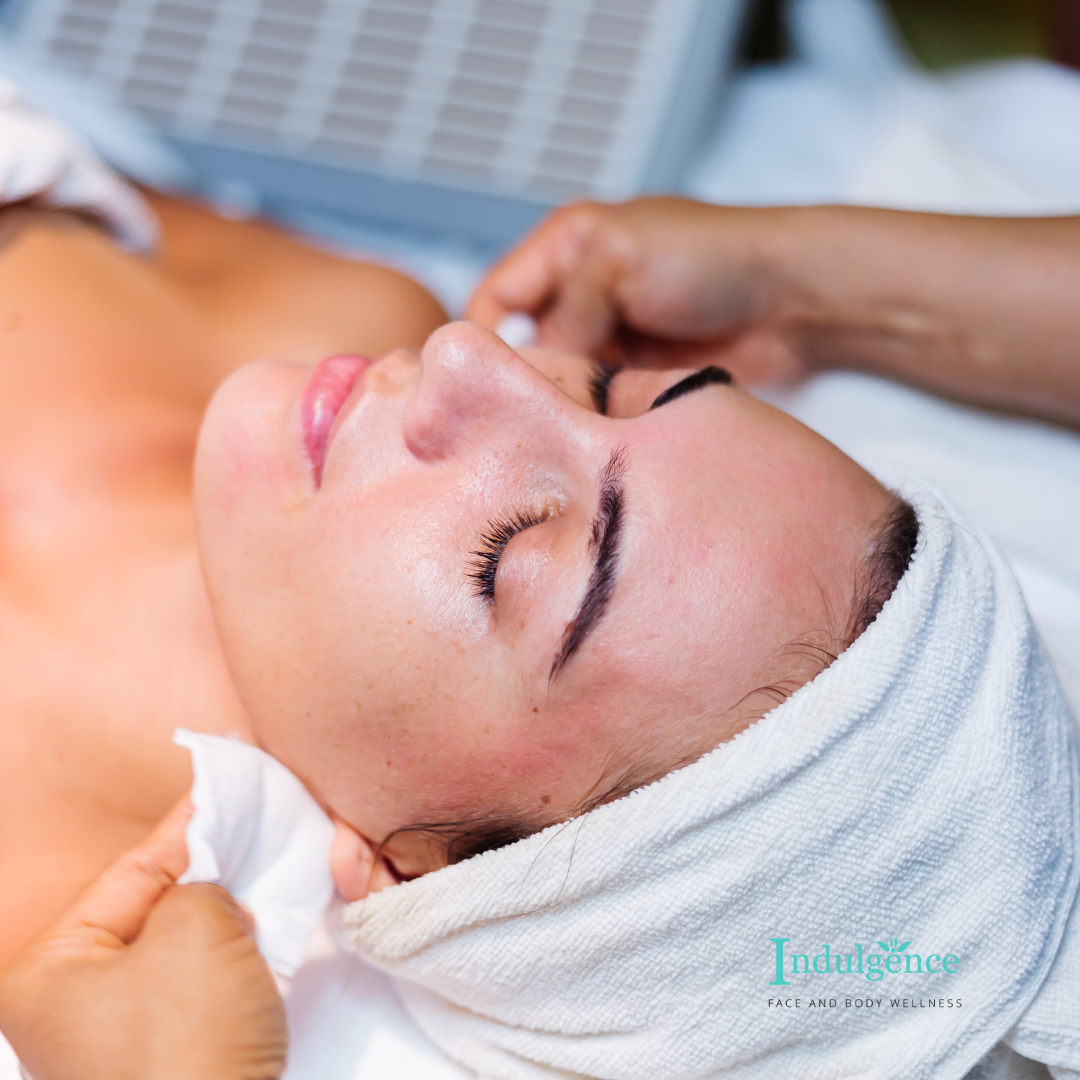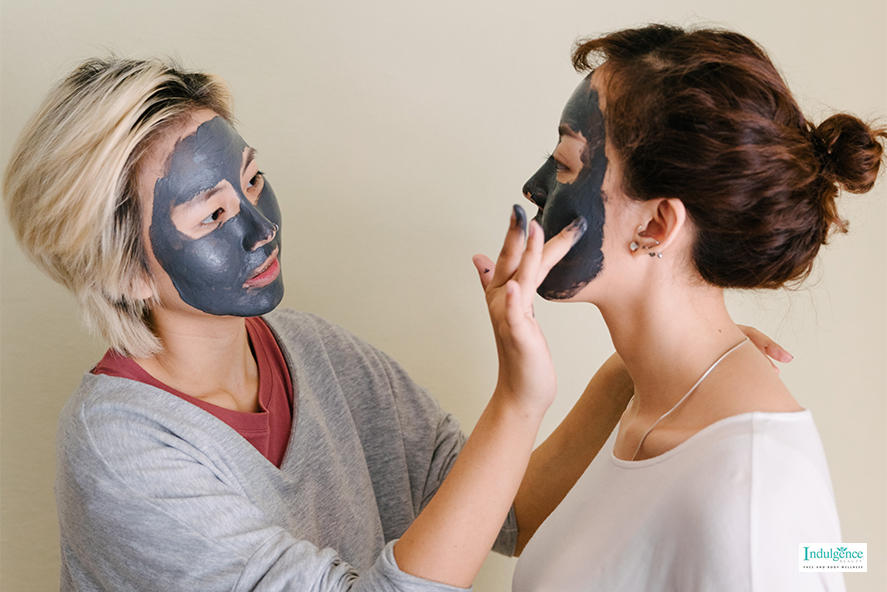Guidelines To Manage Acne Vulgaris For Clearer Skin
Mostly people between the age of 15 to 30 years experience acne vulgaris. It is one of the most common skin disorders, an inflammatory skin condition forming spots and pimples on the face, neck or back. At the tender stage, some people tend to ignore acne and this makes it a chronic condition in the long run.
For one who is battling acne vulgaris, dermatologists often point towards acne facial treatments in Singapore. With proper treatment and follow up, one can bring breakouts down to a minimum. However, acne management depends on the individual’s skin type, age and how long the acne has formed.
Retinoids
The use of topical retinoid agents hinders the formation of acne and reduce the number of comedones. A good skin-friendly retinoid is Adapalene, which has anti-inflammatory properties useful for both non-inflammatory and inflammatory acne as a combination therapy with antibiotics. It is also useful for managing the skin, keeping it in great condition even after the acne is gone. It is a versatile agent that is best tolerated, and is most suitable for mild, non-chronic or moderate inflammatory acne.
The use of antibiotics
Causative agents and underlying bacteria are mostly combated by the use of antibiotics. Bacteria that causes redness of the skin can be mostly handled with antibiotics and retinoids. These can be administered orally especially for mild acne. For short term results, tetracycline or macrolide is recommended. Benzoyl peroxide is more efficient to be combined with antibiotics which helps reduce its resistance and dermatologists often recommend for it to be applied morning and evening. Sometime, the use of oral antibiotics may cause some effects like dizziness, stomach upset and skin sun sensitivity, all these are mostly factored by skin variation and body type.
Removing lesions
Whether it’s deep inflammatory lesions or active comedones, they can be physically removed with an extractor, a needle or a pointed blade. The comedones can either be open or closed. Applying some pre-procedure topical retinoid makes it easier to carry out a facial extraction. Such macrocomedones can be gently punctured and mechanically cut out. You can find facial promotions that provide anti-aging results by reversing the damage of lesions.
Laser and phototherapy
This is a technical approach in combating bacterial agents by exposing and destroying them via photodynamic therapy. The photo-destruction of those bacterial agents with ultraviolet lights and the use of limited spectrum wavelength. This involves the mixture of blue and red lights which exposes the agents, destroying them and reducing acne lesions over a period of time. The research and evidence of such photodynamic therapy is however limited as there are no established guidelines on the optimal dosage, device, timing and frequency in combating acne vulgaris due to variations in skin and body type.
Dapsone
The use of dapsone sulphur gel is also a good recommendation and a mild effective anti-inflammatory agent. It can be applied twice a day – morning and night – and is generally believed to be more effective on women than men. When applied, it can cause an orange-brown coloration which can be washed off. Azelaic acid is also an agent proven to be effective which is mild mostly on patients with sensitive skin and mostly recommended for post-inflammatory dyspigmentation.
It is also important to speak to a skin consultant or beauty professional so they can help you to understand your specific skin concerns and acne condition to personalize a solution that will benefit you.




